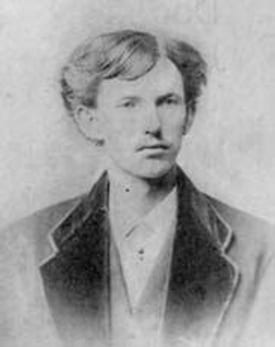 John Henry “Doc” Holliday is rumored to have been born with a cleft lip and palate.
John Henry “Doc” Holliday is rumored to have been born with a cleft lip and palate.
Beginning in the fourth week of gestation, the cells of a developing human fetus begin a complex program of rearrangements to form what will eventually become a child’s face.
In about one out of every 700 births this process goes awry. Genetic and environmental factors, acting alone or in concert, prevent the cells of the face from coming together properly, resulting in cleft lip and/or cleft palate. Though clefting can cause problems with feeding, ear infections and tooth development, surgery and other treatments can allow children to grow up to lead perfectly normal lives.
Genetic Associations
Although there are some rare genetic syndromes that cause cleft lip and/or palate, most cases of clefting are probably due to a combination of genetic factors and environmental triggers. Those environmental factors include exposure to certain infections, some medications, alcohol and drug use, cigarette smoking, and certain vitamin deficiencies, especially during early pregnancy.
Fedik Rahimov and colleagues have now found the first common genetic variant strongly associated with a cleft lip. Their results, published in Nature Genetics, show that the common, non-inherited form of this condition is linked to a gene called IRF6 that was previously associated with a rare, dominantly inherited clefting disorder called Van der Woude syndrome.
The Study
Using 280 European families affected by cleft lip only, the researchers found a variant that was associated with an 1.91 times increase in the risk, while another variant increased the risk by 2.29 times.
Approximately 50% of people born with cleft lip also have a cleft palate. Having cleft palate alone (no cleft lip) is rare, and there was no evidence the genetic variant associated with a cleft palate is associated with having a cleft lip.
The authors note that variant they identified is least commonly found in Africans and most common in Native Americans, which mirrors the different levels of cleft lip and palate found in these populations. Because this research was conducted in Europeans, determining whether this SNP is associated with cleft lip in these populations will require further research.



